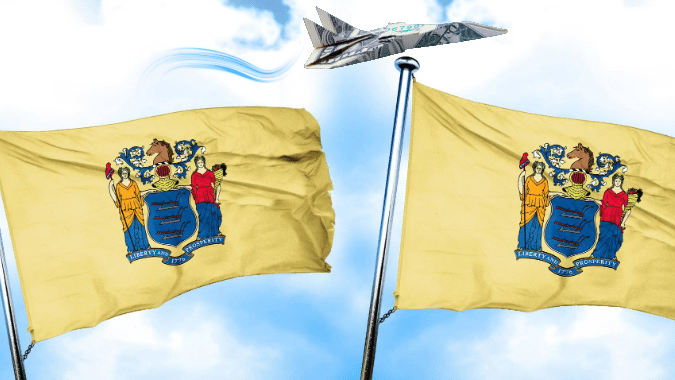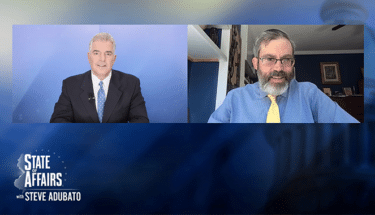With just a few precious weeks left of another great New Jersey summer, it’s safe to assume the state’s draft Energy Master Plan (EMP) has not been on everyone’s mind.
But the summer energy bills should serve as a reminder of why it’s important to understand what is being planned. The unfortunate reality is if this EMP is finalized as currently proposed, the sticker shock for every New Jersey resident and business owner will go way beyond exponential increases on your electric bill.
In June, Governor Murphy and the state Board of Public Utilities released the 108-page plan to convert New Jersey’s electricity production to 100% clean energy by 2050.
This is an ambitious goal, to be sure. The good news is New Jersey has already made major steps to ensure a cleaner energy future. The Global Warming Response Act (GWRA) mandated our state to lower carbon emissions 80% from their 2006 levels by 2050. Happily, we attained our 2020 goal for the GWRA back in 2015 by incentivizing solar, developing state-of-the-art combined cycle natural gas electricity generation and closing old coal plants.
New Jersey can continue along this path through greater solar generation, offshore wind production, electric and other zero emission vehicle incentives, and improved energy efficiency.
However, the 2019 Energy Master Plan calls for the full conversion of New Jersey’s electric generation sector to clean energy. We estimate that cost to be about $115 billion – which equates to about $40,000 per household. Add to this the tens of thousands of dollars it will cost to retrofit residential buildings and the significantly higher utility bills that will result from the elimination of natural gas as an energy source in New Jersey.
Currently, natural gas heats more than 75% of New Jersey’s homes and businesses – with another 10% coming from oil and propane – and it generates more than 50% of our electricity.
At a time of fiscal challenges and an exceedingly negative business climate in New Jersey, it is quite concerning that there have been no cost analyses on the conversion to 100% clean energy by 2050, or the banning of gasoline-powered vehicles or the repowering of our electrical generation and transmission systems. At this point, there hasn’t even been a comprehensive discussion on all of this added expense and impacts to ratepayers.
During the current comment period for the draft EMP – which ends on Sept. 16 – we remind BPU that New Jersey already has one of the nation’s cleanest electricity generation sectors with a diversified reliance on clean natural gas, nuclear power and renewables. And while it never hurts to be aspirational, New Jersey cannot afford to be unrealistic. The path to building upon our clean energy future must be practical and affordable.
This op-ed was originally published in the Asbury Park Press.






